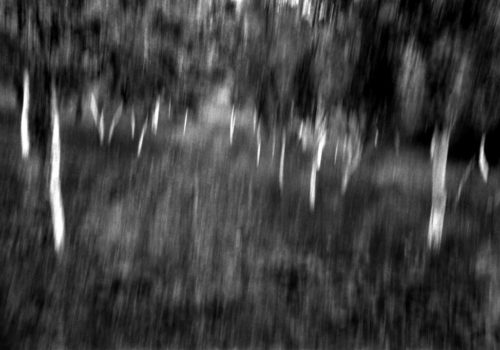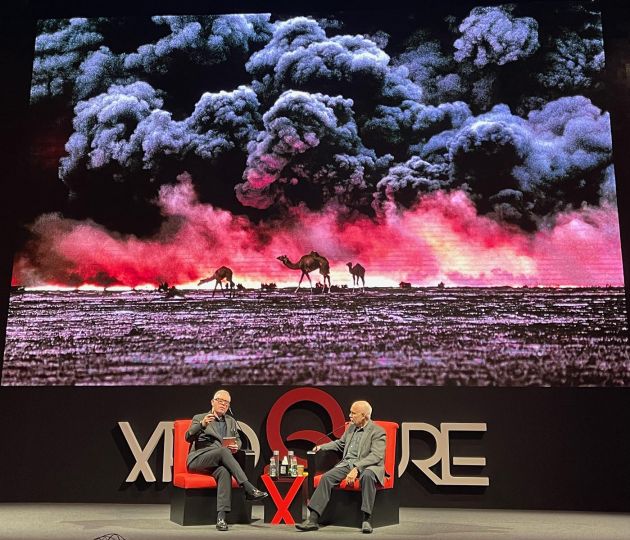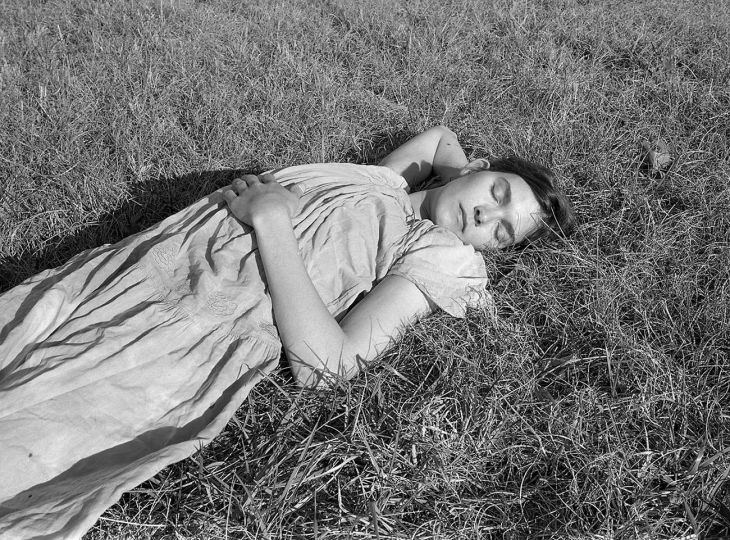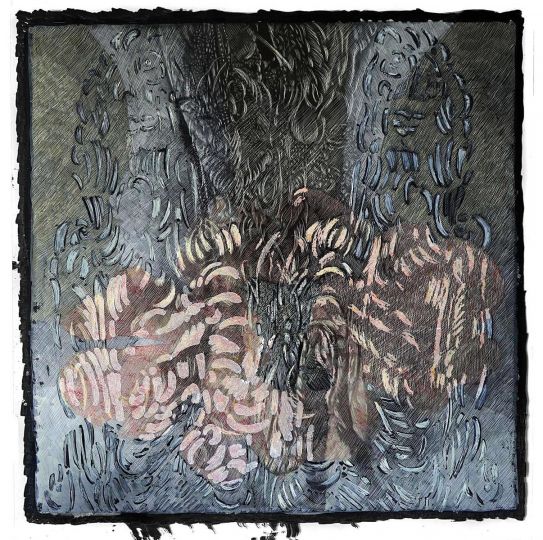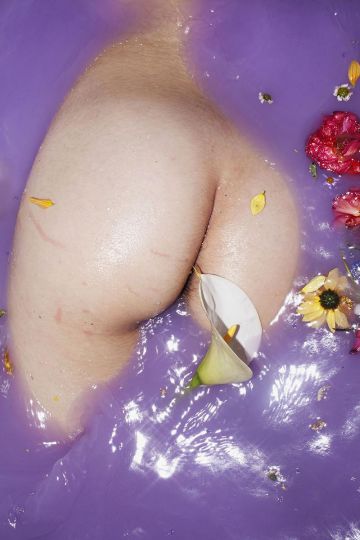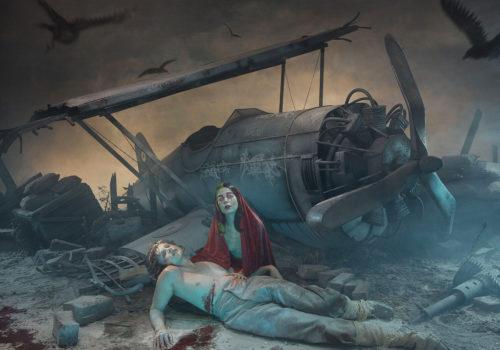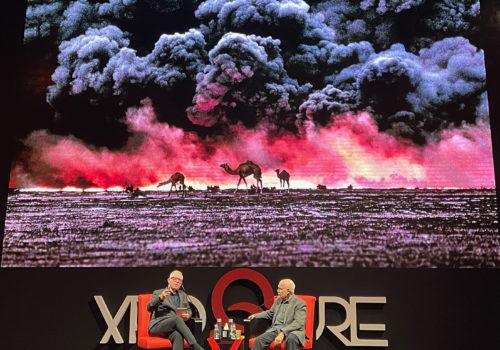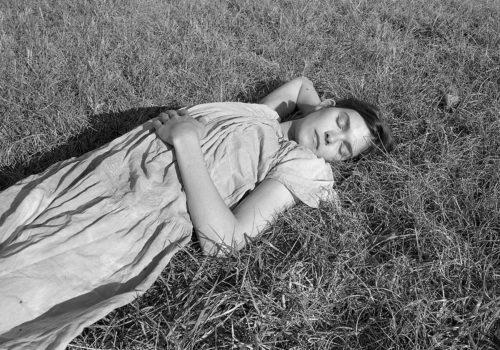The facades of the houses and apartment-blocks are full of gaping wounds. Holes left by machine-gun fire and the white blotches of concrete used to fill in many such holes caused by the bombings, look like imaginary constellations throughout the whole of Bosnia. Memories, despite the implacable passing of time, are filled with scars. Yet, it is not the destruction that calls to mind the horrors of war, neither is it simply the pain for the loss suffered, above all, it is the daily struggle to recuperate thousands of missing identities, many of which are lost forever. Twenty years on since the beginning of the conflict in Bosnia and Herzegovina, still ten thousand human beings who disappeared into thin air, are relentlessly being looked for. For that reason, I have tried to give an account of life after death, over a period of four years, by interweaving visual documentary work together with my own personal experience, along a journey amid some of the purest and most brutal pulsations within the human soul. From the “protected” enclave in Srebrenica, scene of the largest massacre in European territory since the Second World War, in Cerska where the entire population of a farming community was decimated after being compelled to defend themselves with rifles and hatchets against Serb mortars and hand-grenades, the slaughter carried out by the Serb-Bosnian armed forces have left indelible signs on the country and on the expressions of its populace as far as the Drina Valley. For me, resentment together with an alleged incompatibility but, also common-places, friendships, mixed marriages and their black humour, represents the roots of that Balkan population who are seemingly ill-tempered with harsh looks yet, at the same time, extremely kind, hospitable and forthright. To the cauldron of oblivion made up of the fleeting collective imagination nurtured by the media I, therefore, decided to counterpoise the importance of these negligible stories with my own way of seeing Bosnian culture, from the inside of that circumnavigation of peoples and their cultures which have always constituted the essence of a multi-ethnic nation.
To be honest, the aggression against Bosnia dates back to 20 years ago but it is still very present today and, to my mind, constitutes a means of impoverishing the whole of humanity; a modern show of power that crushes differences with a cultural and physical uprooting, operated through ethnic cleansing. In contrast, I took a look first-hand and identified myself with my Bosnian friends, who are both suspended between a fatalistic acceptance of pain and a great show of determination. It wasn’t easy being a child in Bosnia. Children grew up very quickly; they had to fight to survive.
Many of them lived by the rules of the streets, more or less consciously influenced by the “myth” of the war profiteers with illusion of easy money, where the laws of the strongest seemed to be the only possible rules.
Today, some dream of bettering their homeland while others want to abandon it. Entering into peoples’ daily lives on tip toe, my work has been more or less sharing visions and memories, some actually experienced, others only imagined. It is a sad portrayal of the Bosnian society ; soiled by dirt and blood but, without the roots of that ancestral hate with which the atrocities were explained during the years of conflict.
Nowhere did I find confirmation of that rhetoric, fruit of an intentional simplification imposed by the belligerent parts and taken with impudence by many pedantic persons. We must call things by their right name.
A word exists that embarrasses the international community when speaking about Bosnia and that is genocide. The name itself contains all the shame of the UN soldiers, their complicity with the aggressors and the logics behind the division of territories, sanctioned by the agreements that put an end to the conflict at Dayton in 1995.
There are more than 8372 names that weight on their consciences.
The lesson we learn from the Bosnian war is that the international community was an accomplice, showed indignation when called for and, for the rest of the time remained avid exploiter of others’ misfortunes , when the curtain went down on the bombings and trading of arms, negotiations turned to the “clean” business of reconstruction.
Yet, many arms sold in the Balkans are still kept at home by the people Therefore, in shades of black and white, between frozen emotions, Bosnia stays blocked in transition, still trapped between past and future with the missing parts of the Bosnian identity puzzle lost or, only missing, among the ashes of the former Jugoslavia.
Matteo Bastianelli
Born in 1985, Matteo Bastianelli is a freelance photographer, video-maker and publicist-journalist. He attended the Scuola Romana di Fotografia where he achieved a masters’ in reportage d’auteur and photojournalism.
Above all he works on personal long-term projects related to social issues, concentrating his endeavours on the consequences of the conflicts which led to the disintegration of ex-Jugoslavia. His images have been published by some of the major national and international magazines and his projects have been shown in Italy, France, Germany, Estonia, Holland and the United States.
The Bosnian Identity project is also his first documentary film.
Matteo Bastianelli : The Bosnian Identity
Published by Postcart Edizioni Publishing S.r.l.
Introduction and interviews: by Matteo Bastianelli
Preface by Gigi Riva
English
ISBN 978-88-86795-95-1

